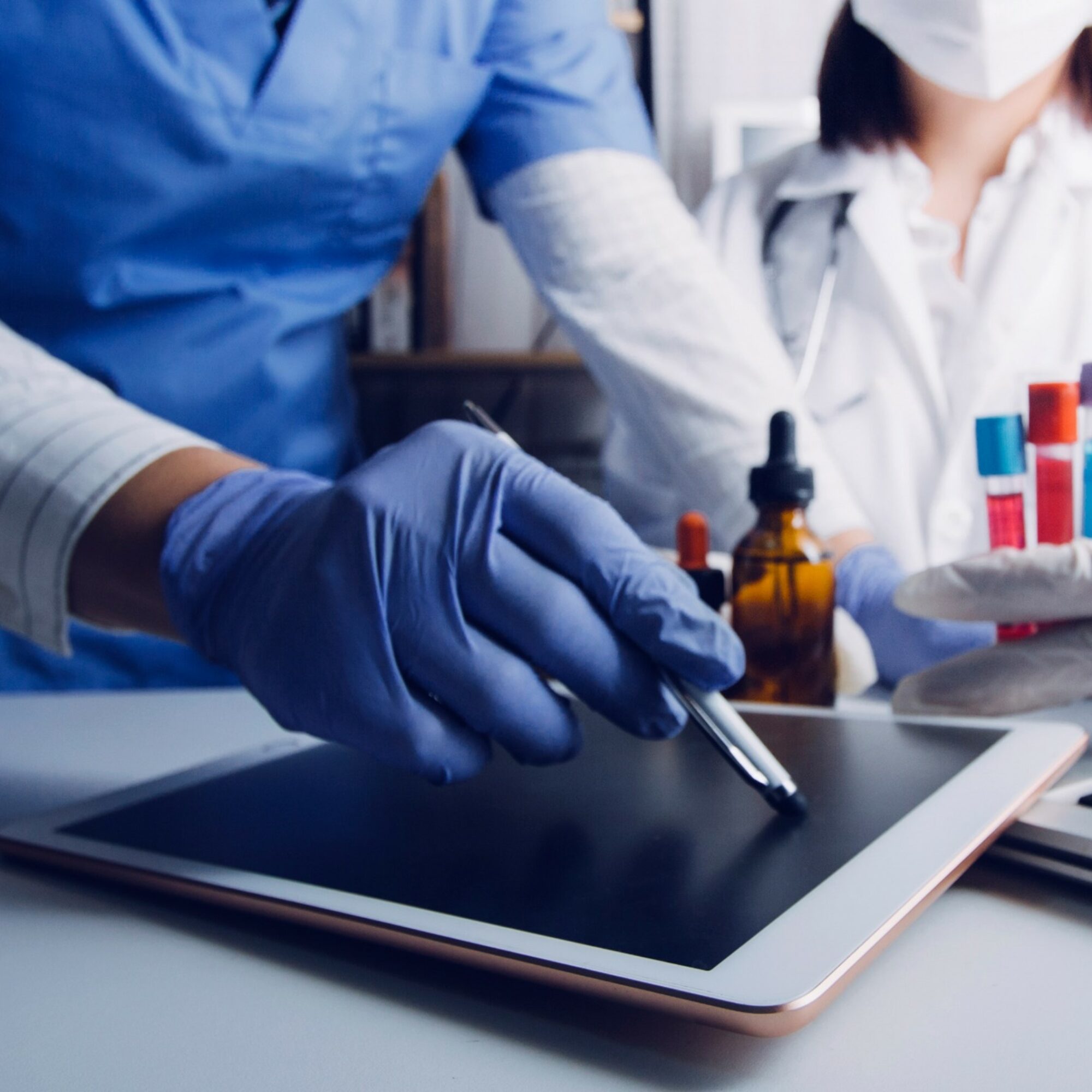Oral administration: ideal for patients and healthcare systems?
Oral delivery of biomedicines would benefit the quality of life of patients, the workload of healthcare professionals and the budgets of healthcare systems.
For clinical applications, the oral administration (or per os) has always appeared to be the most desirable route of administration for a patient. Indeed, when a molecule can be formulated orally without loss of efficacy or safety compared to another mode of administration, it offers important advantages, including:
- Oral administration has little risk of being incorrectly performed. It requires little or no training to administer to the patient.
- Oral delivery can be done at home, freeing up nursing and physician time, which lowers the total cost of patient care.
- Oral drug administration is less burdensome for patients than injections and therefore promotes good patient compliance.
Oral delivery of biologics would therefore be beneficial for the quality of life of patients, the workload of healthcare professionals and the budgets of healthcare systems.
To deliver these drugs orally, two main axes are being studied: chemical formulation and oral medical devices.
New formulations of biologics attempt to overcome barriers to oral administration
Most of the research efforts for oral delivery of biologics is done on their biological formulation. This line of research is also the one that has led to the greatest successes.
For example, a major success has been the marketing of Rybelsus in the United States by Novo Nordisk. This biomedicine is an oral formulation of semaglutide, a GLP-1 agonist indicated in particular for the treatment of patients with type 2 diabetes.
This success was made possible by the technology of ‘permeation enhancers’, chemical and/or biological compounds that enlarge the pores of the natural barrier of the intestine, the main obstacle to the administration of drugs by the oral route.
However, this technology is unfortunately not applicable to all biologics, in particular the largest ones such as antibodies, as it does not ensure their stability in the intestine, another major difficulty encountered by biological drugs.
The bioavailability of Rybelsus (i.e. the proportion of the active ingredient absorbed by the patient in relation to the total quantity contained in the biomedicine) is only 1%, compared to more than 50% for its equivalent administered subcutaneously.
Moreover, the example of Rybelsus shows that the oral formulation of biological drugs also involves problems, particularly at the industrial level. The bioavailability of Rybelsus (i.e. the proportion of the active ingredient absorbed by the patient in relation to the total quantity contained in the biomedicine) is only 1%, compared to more than 50% for its equivalent administered subcutaneously. The quantity of active ingredient to be manufactured is therefore much higher for an oral drug, which can make it more expensive for healthcare systems and generate lower margins for laboratories.
More generally, very few biologics have succeeded in breaking the oral route of administration, the focus being for the moment on injectable routes (such as intravenous or subcutaneous). Although research is very active, the oral route represents a very small share of the biomedical products under development and should therefore remain minor in the next ten years.
Learn more about the challenges of developing innovative biotherapeutics >
Robotic pills for oral delivery of biologics: between science and fiction
Another area of research for oral delivery of biologics is oral medical devices, often called ‘robotic pills’. The principle is to place the active ingredient in a small device to be ingested by the patient in order to protect it in the intestine, but also to help it cross the intestinal barrier.
Several types of devices are the subject of research, including:
- Intestinal patches, which attach to the inside of the intestine to deliver the drug
- Micro-needle capsules, which allow for injection from within the digestive system
- Ultrasound-based systems, which widen the pores of the gut barrier
- Microjet systems, which aim to cross this barrier by using tiny jets as propellants.
Read also : The future of oral drug delivery : from nanotechnologies to electromechanical devices
However, these oral medical devices are still at a very low level of maturity, and have yet to be proven effective and safe in humans. For example, in the case of patches and capsules, some recent studies seem to indicate that drug delivery is not systematically done at each intake, as the device may, for example, be attached at the wrong position and angle.
In addition, these devices may be very expensive to produce and may not be cost-effective, especially if they are intended for single use only. The issue of large-scale production is therefore crucial and will most likely lengthen the time to market.
Oral delivery of biologics will probably remain minor in the next 10 years, due to the lack of scientific and technological maturity, but also to the economic barriers encountered by current formulation and device approaches. However, its benefits for patients remain major and the gains for healthcare systems are potentially very important (time savings for healthcare workers, hospitalizations, etc.), which will continue to motivate long-term developments. Alcimed follows closely the innovations of the healthcare sector and can accompany you in your projects related to biomedicines. Do not hesitate to contact our team!
A propos de l’auteur,
Martin, Senior Consultant in Alcimed’s Healthcare team in France



